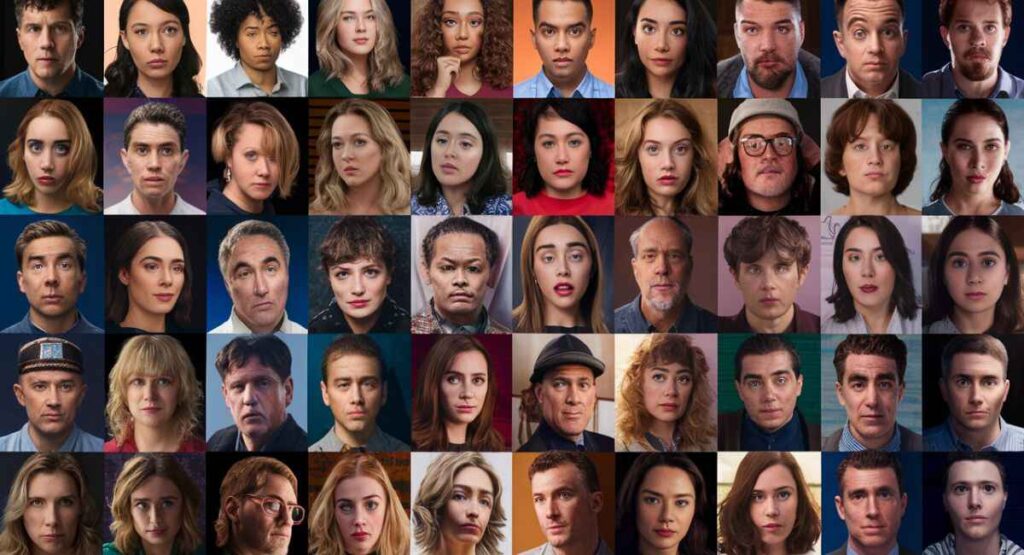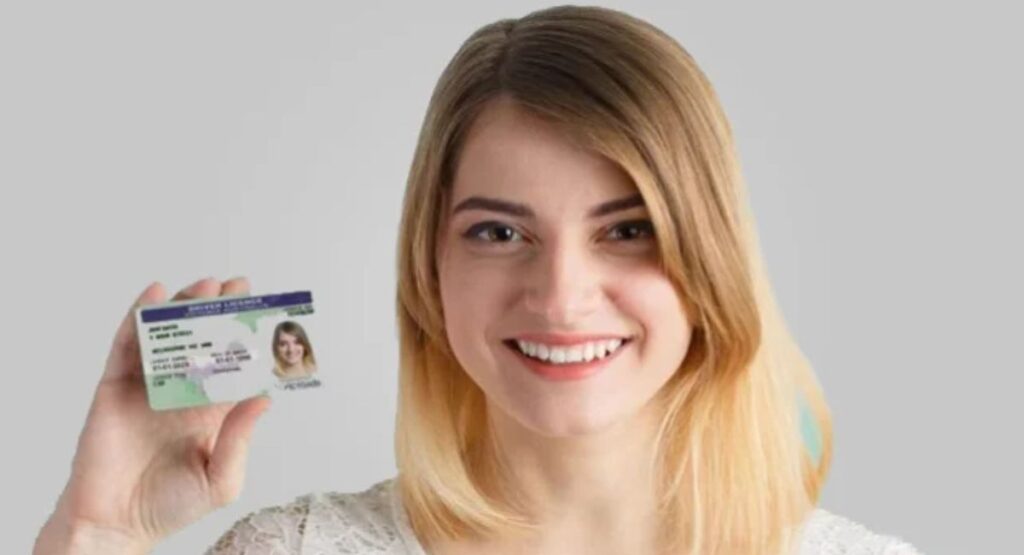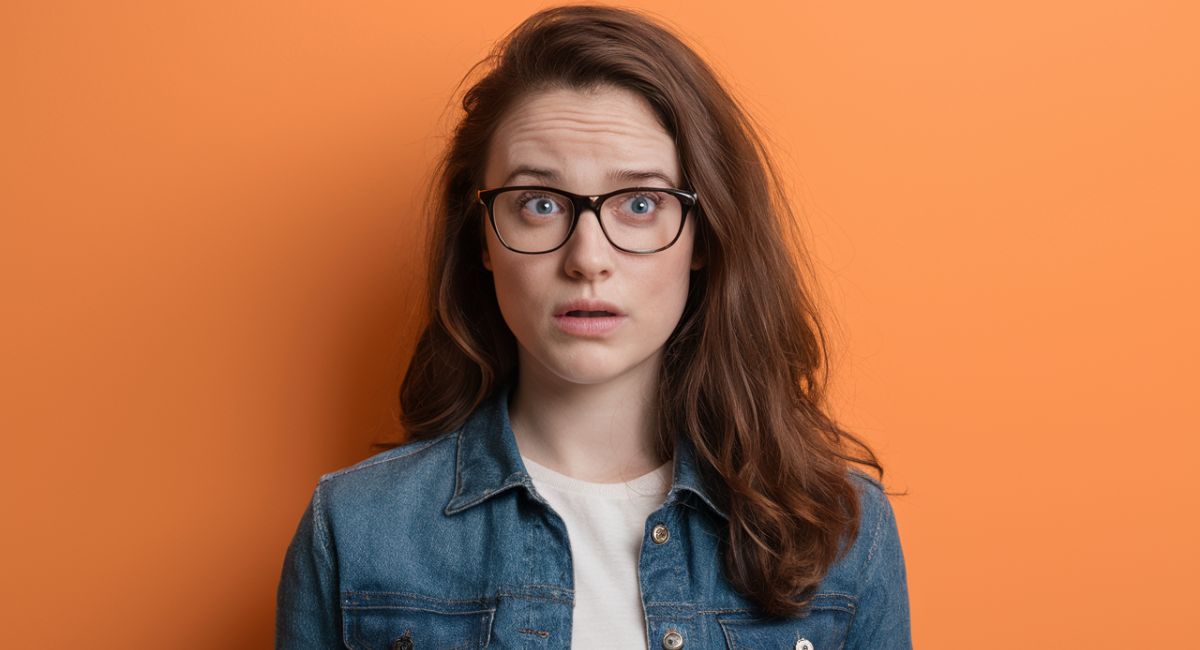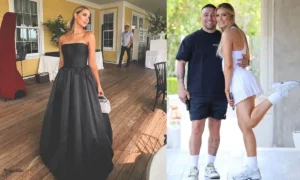Have you ever looked at your ID photo and thought, “Why do I look so bad?” You’re not alone. Many people feel the same way, thinking their ID picture doesn’t look like them at all.
This can be annoying, especially because you have to show your ID a lot, like at airports, bars, or job interviews. The bad lighting, weird angles, and stiff smile can make you feel embarrassed. It’s not just about looks; it can make you feel less confident and worry about how others see you.
Knowing why ID pictures often look bad and learning some simple tips to make them better can help. By getting ready and using a few tricks, you can make sure your next ID picture looks great, making you feel better every time you have to show it.
Reason for Horrible ID Pictures

ID photos often look unflattering for several reasons:
Perception and the Mirror Image Effect
When you look in the mirror, you see a reversed version of yourself that you’re accustomed to. This familiar reflection can be comforting, but photos show you as others see you, not reversed. This difference can make you feel like your photos look strange or unflattering.
Seeing a photo that doesn’t match your familiar mirror image can be jarring. This unfamiliarity can make you think you look worse in pictures than you do, even though it’s just a different perspective.
The Lens Distortion
Cameras, especially those used for ID picture, can distort images due to their lenses. When the camera is close to your face, it can make features like your nose or forehead appear larger or out of proportion. This distortion doesn’t reflect how you look in real life.
Additionally, lenses can create a fish-eye effect, making your face appear wider or rounder. This distortion can contribute to why you feel your ID photo looks unflattering and unlike your true appearance.
Lighting and Shadows
ID photos are typically taken with harsh, direct lighting that creates strong shadows. This type of lighting can highlight imperfections, such as wrinkles or blemishes, and make your skin tone appear uneven. It can also wash out your natural complexion, making you look tired or older.
Good lighting can enhance your features and make you look your best, but the poor lighting often used for ID photos the opposite. It can make your face look flat and lifeless, emphasizing the aspects you least want to show.
Your Best Angle
Most ID photos are taken quickly, without considering your best angle. The camera might be positioned too high or too low, causing your face to look distorted. Knowing and using your best angle can significantly improve the outcome of your photos.
Without time to adjust your posture or expression, you may end up with a stiff and unnatural look. A little preparation and awareness of your best angle can make your photo more flattering and true to how you see yourself.
Expression and Body Language
Your expression and body language can greatly affect how your ID photo looks. A forced smile or blank stare can make you appear unnatural and uncomfortable. If you don’t have time to relax and pose properly, it shows in the photo.
Your posture also impacts your photo. Standing stiffly or slouching can make you look awkward. A relaxed, natural pose helps you look more like yourself and improves the overall quality of the photo.
Quality of the Camera and Resolution
The quality of the camera used for ID pictures is often low, resulting in grainy and unclear images. Low-resolution cameras fail to capture fine details, making your face appear blurry or distorted. This poor quality can make even the most attractive features look less appealing.
High-quality cameras capture clear and detailed images, but most places that take ID photos don’t use the best equipment. As a result, your ID photo might not do justice to your actual appearance, making it look less flattering.
Timing and Spontaneity
The timing of when your photo is taken can greatly impact its outcome. If you’re caught off guard, your expression might be surprised or tense. Spontaneous photos can capture you at a bad moment, making the photo unflattering.
Having a moment to prepare and relax before the photo is taken can lead to a much better result. When you feel ready, your expression will be more natural, and your overall appearance in the photo will improve.
The Power of Editing
Editing can significantly enhance a photo, even with simple adjustments to brightness, contrast, and cropping. These small changes can improve the overall look of an image. However, ID photos typically aren’t edited, leaving all imperfections visible.
Professional photos often benefit from touch-ups that highlight your best features and minimize flaws. Without any editing, ID pictures can show every imperfection, making them look worse than they need to be.
How Can I Make Better ID Pictures

You can make a better ID picture by following these steps.
- Find Your Best Angle: Practice in front of a mirror to find your best angle. Slightly tilting your head or turning your face can make a big difference in how you look in photos.
- Relax and Smile Naturally: Take a deep breath and relax your face before the photo. A natural, gentle smile looks much better than a forced grin.
- Improve Lighting: If possible, adjust the lighting to avoid harsh shadows. Soft, even lighting is best and can make your skin look more even and smooth.
- Wear Comfortable and Flattering Clothes: Choose an outfit that you feel good in and that flatters you. This can boost your confidence and help you look your best in the photo.
- Prepare Your Look: Take a few moments to check your hair and makeup. Small touch-ups can make a big difference in how polished you appear.
- Adjust Your Posture: Stand or sit up straight to convey confidence and poise. Good posture can make you look more alert and engaged.
- Take Your Time: If allowed, take a few seconds to compose yourself before the photo is taken. Being rushed can lead to an awkward expression.
- Review and Retake if Possible: If you’re not happy with the first shot, don’t hesitate to ask for a retake. A second chance can allow you to improve your expression or posture.
Frequently Asked Questions
Why do I look different in photos compared to how I see myself in the mirror?
The mirror shows you a reversed image you’re used to, while photos show how others see you. This difference can make photos look strange.
How can lighting affect my ID photo?
Harsh or uneven lighting can create shadows and wash out your features, making the photo look less flattering. Natural, soft light usually looks better.
What should I do to find my best angle for photos?
Practice in front of a mirror to see which angle looks best for you. Slight adjustments can make a big difference in how you look.
How can I improve my expression in photos?
Relax and think of something that makes you smile naturally. Avoid forced or stiff expressions for a more genuine look.
Is it okay to ask for a retake if I don’t like my photo?
Yes, asking for a retake can give you another chance to get a better shot. It’s worth trying to ensure you’re happy with the final result.
Conclusion
To look better in photos, focus on finding your best angle, using good lighting, and relaxing your expression. Wear clothes that make you feel good and take your time to prepare. If you’re not happy with the first shot, don’t hesitate to ask for a retake. With a bit of practice and preparation, you can improve how you look in pictures and feel more confident.












